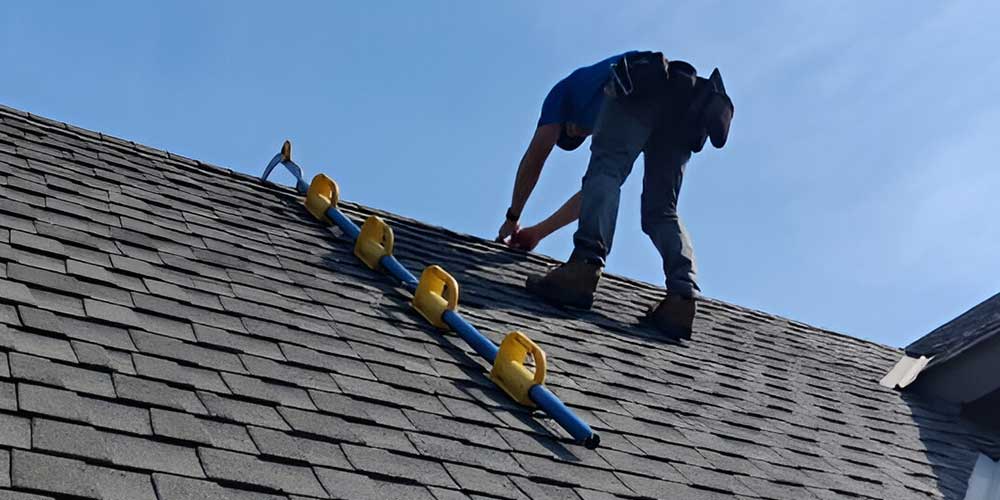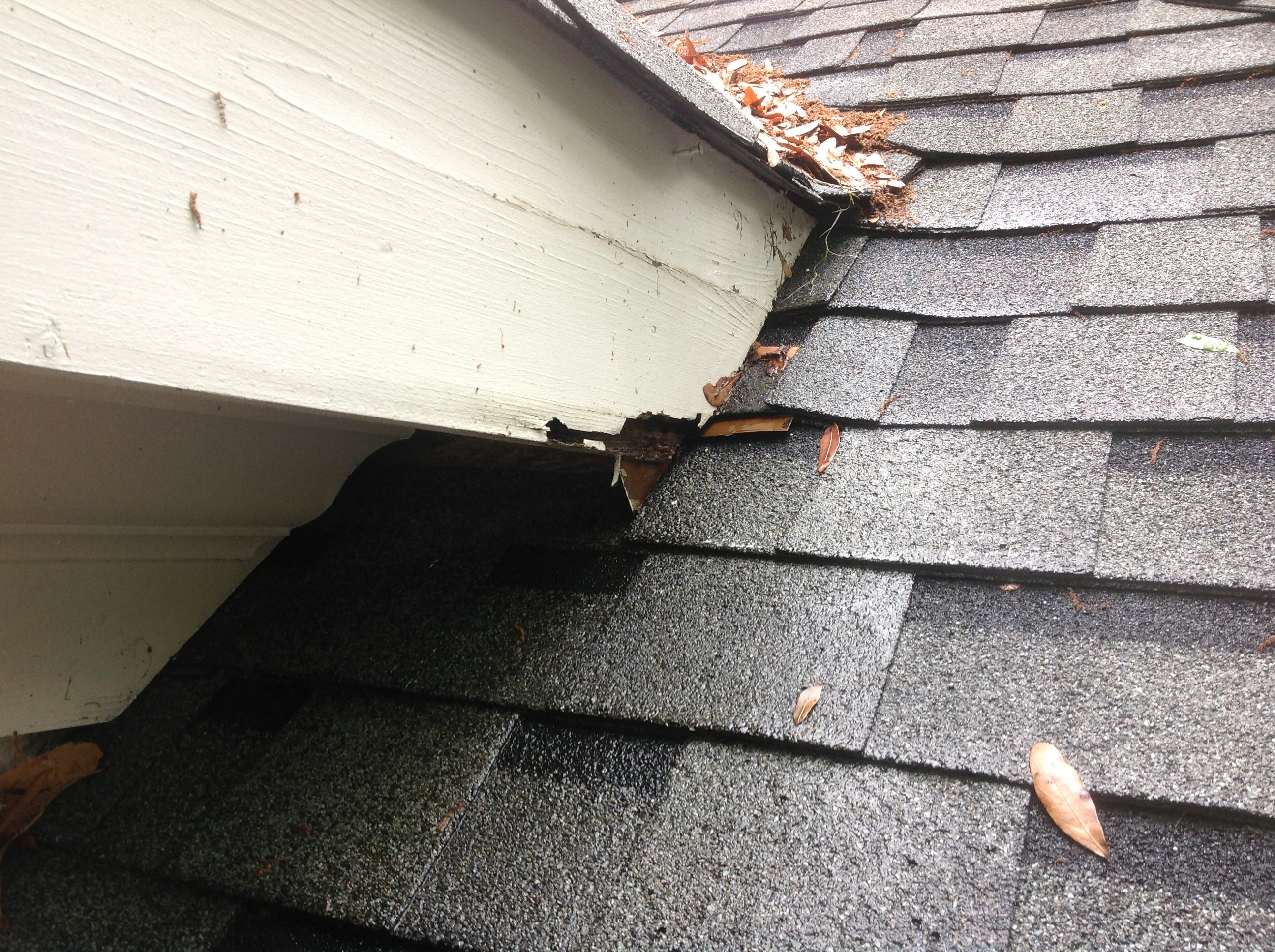Roofing Companies Oahu: Top-Rated Roofers for All Roofing Projects
A House owner's Guide to Kind of Roofs: Choosing the Right Style for Your Requirements

Popular Roofing Styles
When it pertains to selecting a roof covering style, homeowners typically evaluate their alternatives carefully to make sure both aesthetic allure and performance. Among the most preferred designs are the gable, hip, and flat roof coverings, each offering aesthetic attributes and distinctive benefits.
Saddleback roofs, identified by their triangular form, are favored for their basic style and efficient water drainage. This design is especially well-suited for regions with hefty rains or snow, as it decreases the threat of water merging.
Hip roofings, which slope on all 4 sides, supply extra security and toughness, making them a superb option for locations prone to high winds. Their building complexity permits for greater layout convenience and can boost the total curb allure of a home.
Level roofings offer a modern aesthetic and maximize usable exterior space, making them prominent for metropolitan settings. While they require even more maintenance to stop water buildup, their streamlined appearance can enhance modern architecture.
Inevitably, the option of roof covering design should reflect the house owner's personal preference while thinking about aspects such as local climate, architectural layout, and potential resale value. Each design contributes uniquely to a home's general personality and performance.
.jpg)
Product Options
Picking the proper roof covering material is equally as essential as picking the ideal design, as it significantly impacts the roofing's longevity, upkeep demands, and overall visual. roofers oahu. House owners have a selection of choices to think about, each with special benefits and disadvantages


Metal roof supplies phenomenal resilience and durability, typically going beyond 50 years, while also being immune and lightweight to fire and rot. Steel roofs can be more expensive upfront.
Clay and concrete ceramic tiles offer a timeless look and outstanding life-span however need a strong structure as a result of their weight. These materials are highly long lasting and resistant to rough weather. Timber shakes supply a rustic aesthetic however require regular upkeep to stop rot and pest damage.
Last but not least, artificial roof products, such as rubber or plastic composites, imitate the look of traditional materials while being low-maintenance and lightweight. Ultimately, the selection of roofing material ought to straighten with the property owner's spending plan, wanted lifespan, and maintenance choices, making certain an ideal match for their details requirements.
Energy Effectiveness Factors To Consider
Power performance plays a critical function in the overall efficiency of a roof system, influencing both ecological sustainability and house owner utility costs. When choosing a roof covering, it is vital to think about materials and styles that boost power performance. As an example, reflective roof products, frequently referred to as "cool roofings," can dramatically lower heat absorption, decreasing indoor temperature levels and reducing the demand for a/c.
In addition, the roof's shade and incline can influence its power performance. Lighter colors generally show a lot more sunlight, while steeply pitched roof coverings facilitate far better air flow, decreasing warm build-up - roofers oahu. Insulation likewise click here now plays a vital duty; a well-insulated roofing system can prevent warmth loss in winter season and keep interiors cooler in summer season, therefore improving energy savings
Furthermore, integrating energy-efficient roof choices with photovoltaic panels can further lower energy expenses and dependence on nonrenewable resources. Homeowners ought to also consider regional environment conditions when selecting roof covering products and designs, as these aspects straight affect energy usage.
Maintenance Demands
The long life and performance of a roofing system are dramatically affected by the maintenance demands related to its style and materials. Various roof types require differing degrees of upkeep, which can influence both the homeowner's time and spending plan.
Asphalt tiles, for example, normally need annual inspections to examine for wear and tear, including cracked or missing out on roof shingles. Normal cleaning of seamless gutters is vital to stop water damage and prolong the roofing system's lifespan. Metal roofing systems, while sturdy, still call for periodic checks for rust and sealant stability. These roof coverings also gain from cleaning up to preserve visual charm and functionality.
Floor tile roofs, recognized for their durability, demand less constant upkeep yet need cautious evaluation and substitute of damaged floor tiles. Flat roofings, although offering modern visual appeals, often need even more attention; they call for normal evaluation for merging water and debris removal to avoid leaks.
Eventually, understanding the upkeep requirements connected with various roof styles enables homeowners to make informed decisions, ensuring the selected roof aligns with their way of living and dedication to upkeep. Prioritizing maintenance will certainly boost the roofing's performance and extend its life span, providing satisfaction for many years to find.
Influence on Resale Value
When considering a new roofing style, property owners should identify that the choice can dramatically influence the building's resale value. An appropriate roofing not only enhances curb allure yet also signifies to possible purchasers that the home is well-maintained and structurally audio. Different roof covering materials and designs bring differing levels of value in the real estate market.
For example, asphalt tiles are popular because of their price and large range of colors, typically attracting budget-conscious customers. Alternatively, a steel her comment is here roofing, while a lot more pricey upfront, offers durability and energy effectiveness, which can bring in Read More Here customers seeking low maintenance and sustainability. Furthermore, distinct designs such as slate or ceramic tile can include a touch of luxury, possibly increasing the residential or commercial property's value in high end markets.
Regional preferences also play a critical duty; homes in locations with hefty snowfall may take advantage of outstanding pitched roofing systems, while coastal areas could favor resilient products immune to deep sea corrosion (roofers oahu). Inevitably, house owners ought to think about both aesthetic allure and practical advantages when choosing a roofing. A thoughtful option makes sure that the investment not only fulfills personal requirements however likewise improves the building's bankability and resale possibility
Final Thought
Finally, choosing the suitable roof covering style necessitates a mindful evaluation of different factors, including neighborhood climate, architectural design, and upkeep demands. Each roof choice, whether it be gable, hip, or level, has distinctive advantages and negative aspects that impact power performance and possible resale value. Ultimately, a well-informed decision relating to roof option can improve the visual appeal, performance, and durability of a home, ensuring it remains a useful possession for many years ahead.
Selecting the ideal roofing design for your home is an important choice that can significantly influence both looks and capability. While gable roofs stand out in water drainage, hip roofs might offer greater strength versus wind.When considering a new roof covering style, home owners must identify that the option can dramatically affect the residential or commercial property's resale worth. Ultimately, property owners ought to think about both aesthetic charm and functional benefits when selecting a roof covering.In final thought, picking the ideal roof style necessitates a careful analysis of different variables, consisting of regional climate, building style, and upkeep demands.